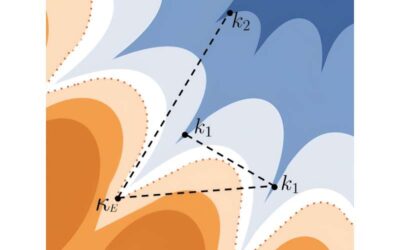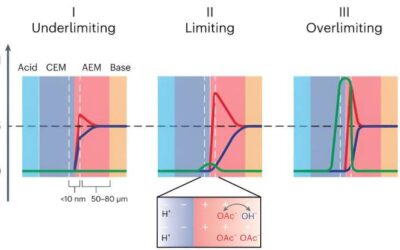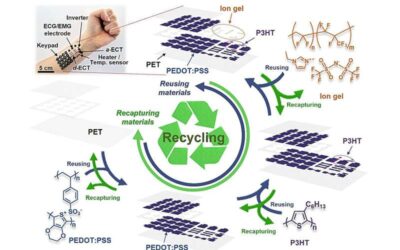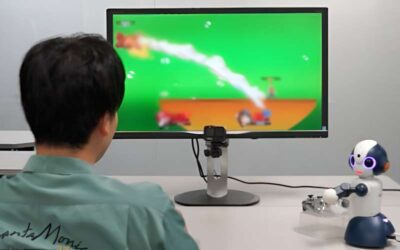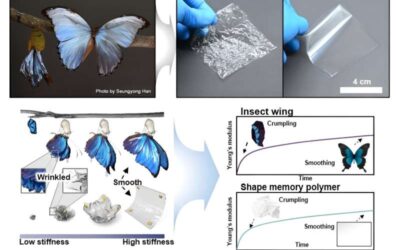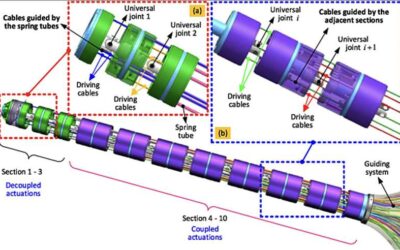As the use of electric and hybrid vehicles increases in many countries worldwide, the development of safe and better-performing battery technologies becomes increasingly crucial. Most notably, engineers have been trying to increase the safety and energy capacity of...
TECHXPLORE
A simple technique to defend ChatGPT against jailbreak attacks
Large language models (LLMs), deep learning-based models trained to generate, summarize, translate and process written texts, have gained significant attention after the release of Open AI's conversational platform ChatGPT. While ChatGPT and similar platforms are now...
The solution space of the spherical negative perceptron model is star-shaped, researchers find
Recent numerical studies investigating neural networks have found that solutions typically found by modern machine learning algorithms lie in complex extended regions of the loss landscape. In these regions, zero-energy paths between pairs of distant solutions can be...
Model outlines how ionic blockades influence energy recovery in forward bias bipolar membranes
Bipolar membranes (BPMs) are a class of ion-exchange membranes typically comprising a cation- and an anion-exchange layer. While these membranes have recently been integrated in various electrochemical devices for a wide range of application, the processes underlying...
A new method to develop recyclable, organic and flexible electronics
The electronics industry has been in continuous development over the past decades, leading to the development, fabrication and sale of a broad range of consumer devices. In recent years, many engineers have been focusing their efforts on flexible electronics that can...
A robot that can play video games with humans
In recent years, engineers have developed a wide range of robotic systems that could soon assist humans with various everyday tasks. Rather than assisting with chores or other manual jobs, some of these robots could merely act as companions, helping older adults or...
New transistors based on monolayer black phosphorus and germanium arsenide
Two-dimensional (2D) semiconducting materials have proved to be very promising for the development of various electronic devices, including wearables and smaller electronics. These materials can have significant advantages over their bulky counterparts, for instance...
A butterfly-inspired design to create crumple-recoverable electronics
Over the past decades, electronics engineers have created devices of various shapes and with increasingly sophisticated designs. This includes electronics that can be folded onto themselves, such as foldable phones, along with various other compressible devices.
A new strategy to regulate the stiffness of snake-inspired robots
Robotic systems inspired by nature can help to efficiently tackle a wide range of problems, ranging from navigating complex environments to seamlessly completing missions as a team. In recent years, roboticists have created a growing number of bio-inspired systems...
Can large language models detect sarcasm?
Large language models (LLMs) are advanced deep learning algorithms that can analyze prompts in various human languages, subsequently generating realistic and exhaustive answers. This promising class of natural language processing (NLP) models has become increasingly...



